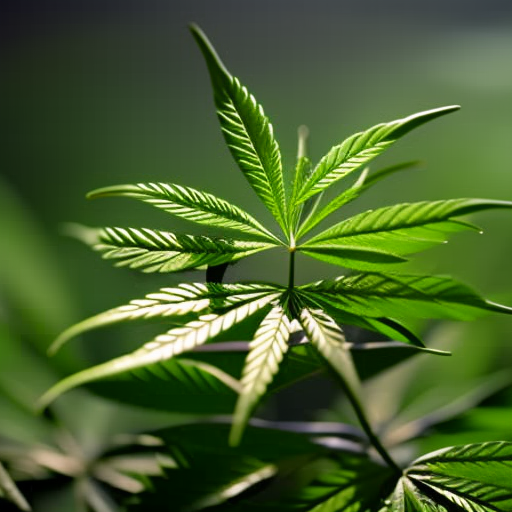
A new study published by the American Chemical Society has challenged the conventional wisdom that terpenes are solely responsible for the distinctive smells of different marijuana strains. The study, conducted by a team of scientists from marijuana extraction and testing companies, suggests that previous beliefs about terpenes may be overstated.
Terpenes are organic compounds that make up about 1 percent to 4 percent of the total mass of cured cannabis flower. They contribute to the smell of marijuana, but the study found that they do not provide enough information to differentiate between different strains. Even among strains with similar terpene contents, there can be a wide variation in odors.
Instead, the study suggests that flavorants, a class of chemicals that includes esters, alcohols, and other compounds, play a larger role in differentiating the aromas of cannabis varieties. These flavorants are volatile compounds that spread easily through the air and can create similar aromas between strains with different dominant terpenes.
The researchers analyzed the volatile chemical profiles of 31 ice hash rosin extracts and identified nonterpenoid compounds that strongly influence the unique aromatic properties of cannabis. They discovered a new class of tropical volatile sulfur compounds (VSCs) that contribute to citrus or tropical fruit aromas, as well as skatole, a pungent compound, which is a key aroma compound in savory/chemical varieties.
The findings have important implications for understanding cannabis varieties’ unique aromas and classifying them based on key desirable aroma attributes. This discovery could play a crucial role in validating authenticity and accurately categorizing cannabis varieties in the future. It also opens up opportunities for innovation in therapeutic marijuana by creating new varieties with specific chemistries.
The study also challenges the commonly used classification of cannabis as either indica or sativa. Terpenes have been used to differentiate between these classifications, but they do not provide an accurate representation of psychoactive and aroma characteristics. The discovery of these previously undiscovered compounds will provide a more comprehensive understanding of cannabis and its potential therapeutic properties.
The findings are not only important for researchers but also for consumers, brands, cultivators, labs, regulators, and everyone involved in the cannabis industry. They may impact product labeling, marketing, laboratory testing, and quality indicators. Breeders and growers can use this knowledge to produce consistent products with specific profiles, while packaging experts can increase product shelf life.
Despite federal restrictions on marijuana research, legalization at the state level and in other countries has spurred inquiry into the cannabis plant. Recent studies have explored the entourage effect of consuming multiple cannabinoids together and the potential for genetically modified hemp. These advancements contribute to a better understanding of the cannabis plant and its potential benefits.
In conclusion, the study challenges the belief that terpenes are solely responsible for the distinct smells of different marijuana strains. It suggests that flavorants play a larger role in differentiating aromas and offers new insights into the chemical composition of cannabis varieties. This research has important implications for various stakeholders in the cannabis industry and opens up opportunities for innovation in therapeutic marijuana.

